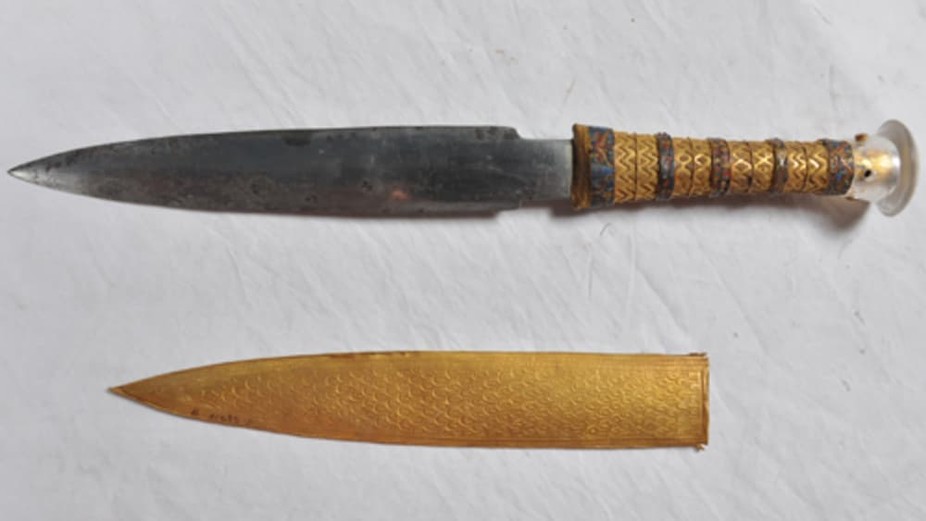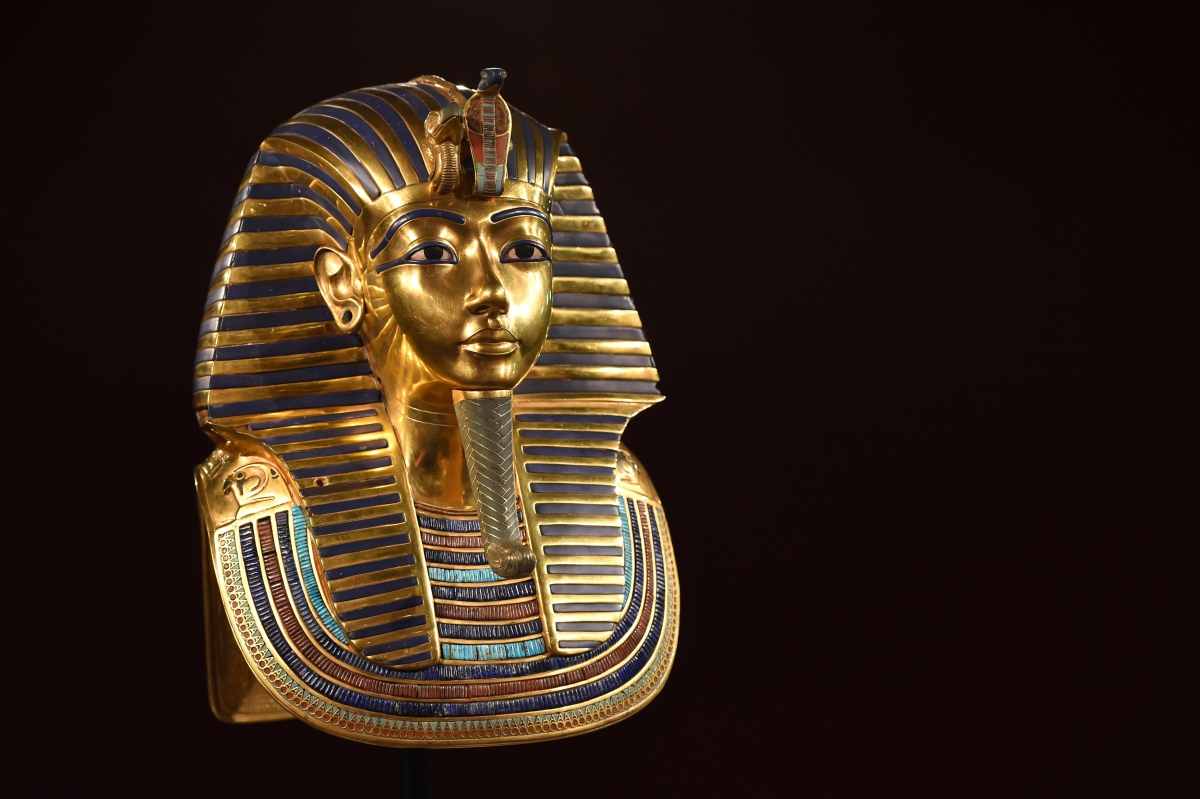Ancient Egypt: Archaeologists now searching for the tomb of King Tutankhamun's wife Ankhesenamun
Archaeologists have begun excavating in an area known as the Valley of Monkeys, looking for the tomb of Ankhesenamun.





The tomb of King Tutankhamun's wife Ankhesenamun may soon be discovered. Archaeologists have reportedly begun excavations in an area of the Valley of the Kings, which is suspected to be the location of the Ankhesenamun's final resting place.
Famed Egyptologist Zahi Hawass, who formerly served as the minister of state for antiquities affairs, announced on his website that the search for Ankhesenamun's tomb has begun with new excavations at the West Valley, also known as the Valley of the Monkeys. The tomb is believed to be located close the tomb of King Tutankhamun's successor, the Egyptian pharaoh Ay.
Hints of the tomb's existence first came to light last year, when radar images revealed four foundation deposits of what appeared to be the entranceway of a tomb buried around 16 feet underground, LiveScience reported.
Born into the 18<sup>th dynasty reign, Ankhesenamun was one of the six daughters of King Akhenaten and Queen Nefertiti. She was married young to her half-brother King Tutankhamun, who later went on to be one of the most famous pharaohs of ancient Egypt. Although the boy king, who died at the age of 19, was considered to be a minor pharaoh, he rose to fame after his tomb was discovered by British archaeologist Howard Carter.
Despite numerous researches, there are still uncertainties about what caused King Tut's death. Mystery also surrounds the ancient Egyptian pharaoh's parentage.
Not much is known about the life of Ankhesenamun, who is referred to as "Egypt's lost princess". All mention of the queen seemed to have disappeared from surviving historical records after Ankhesenamun married Ay, after the death of King Tutankhamun. It remains unknown as to how the queen died and where she was buried. However, the new excavations may take archaeologists one step closer to solving the mystery that surrounds Ankhesenamun's life after her second marriage and her death.






















